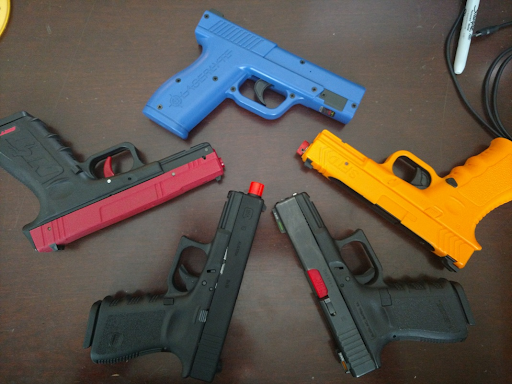Laser dry fire training and live training are two essential methods for improving firearm skills. Understanding the differences between these training methods can help shooters maximize their practice routines, improve accuracy, and achieve their shooting goals efficiently.
In this article, we’ll explore the main differences between the two and help you make the right voice. So, let’s dive into it.
What is Live Fire Training
Live fire training involves practicing with a real firearm using live ammunition at a shooting range or designated training area. This method allows shooters to experience their firearm’s full recoil, sound, and handling dynamics in a controlled environment.
What is Laser Dry Fire Training
Laser dry fire training is a firearm practice method that uses laser-based training cartridges or devices instead of live ammunition. It allows shooters to simulate firing their weapon by emitting a laser beam when the trigger is pulled, which provides immediate visual feedback on shot placement.
Main Differences between Laser Dry Fire Training Vs. Live Fire Training
As we are clear on each type, let’s dive into the main differences.
Cost and Convenience
Laser dry fire training is significantly more cost-effective and convenient than live fire training. It eliminates the need to purchase ammunition, pay range fees, and travel to a shooting range, allowing for frequent practice at home.
Realism and Recoil
Live fire training provides a realistic shooting experience with actual recoil, muzzle flash, and sound, which helps shooters build familiarity with their firearm in real-world conditions. In contrast, laser dry fire training lacks recoil and sound, focusing instead on improving fundamentals such as trigger control and sight alignment.
However, it is worth mentioning that there are more advanced laser dry-fire training kits and apps that can offer very realistic conditions.
Safety and Accessibility
Laser dry fire training offers a safer alternative for practicing in any environment, reducing the risks associated with handling live ammunition. Live fire training, however, requires strict adherence to safety protocols and a controlled shooting environment as it is more risky.
Pros and Cons of Laser Dry Fire Training
Laser dry fire training has both its pros and cons, so let’s review them in more detail.
Pros
- Saves money on ammunition and range fees, making it an affordable way to practice regularly without breaking the bank.
- Allows for practice anytime and anywhere, providing the flexibility to train at home without the need to visit a shooting range.
- Enhances fundamental skills such as trigger control, sight alignment, and drawing techniques in a low-pressure environment.
- Provides instant feedback with laser-based shot tracking, helping shooters analyze and adjust their accuracy in real-time.
Cons
- Lacks realistic recoil, which is crucial for developing proper recoil management and preparing for real-life shooting scenarios.
- Does not replicate the sound and environmental factors of live fire, which can impact a shooter’s ability to adapt to real-world conditions.
- Limited to dry fire drills, meaning it cannot fully replace the experience of handling live ammunition.
While laser dry fire training has its limitations, Interactive Gun Range addresses these challenges by offering advanced technology and an interactive app. The system significantly enhances training with engaging targets and realistic scenarios.
Pros and Cons of Live Fire Training
Like the previous training model, live fire training has advantages and drawbacks.
Pros
- Provides a realistic shooting experience with actual recoil, sound, and environmental factors.
- Develops muscle memory for handling live ammunition, ensuring familiarity with firearm operation under stress.
- Helps shooters refine their accuracy and control by experiencing the full impact of their firearm’s performance.
- Meets legal and certification requirements for certain professions, such as law enforcement and security personnel.
- Builds confidence in using firearms effectively, especially in high-pressure situations where precision and speed are critical.
Cons
- Requires ongoing costs for ammunition, range fees, and maintenance, making it an expensive training option over time.
- Limited by range availability and operational hours, which can restrict training opportunities and frequency.
- Poses safety risks associated with handling live ammunition, requiring strict adherence to safety protocols and range regulations.
Which One to Choose?
When deciding which training option to choose, it is essential to consider all the benefits and cons that both of them have. Besides, your preference is highly individual. However, our general recommendation is to incorporate both training types. Sticking to laser dry-fire training allows you to practice regularly and improve your shooting skills. Live ammunition occasionally allows for feeling more adrenaline during the practice.
The benefits of laser dry fire training and live fire training combined include the following:
- Maximizes skill development by allowing frequent at-home practice with laser training while reinforcing those skills in real-life scenarios with live fire.
- Provides a cost-effective training routine by reducing overall ammunition expenses.
- Enhances muscle memory and reaction time.
- Increases confidence and readiness by preparing shooters for the psychological and physical aspects of handling live firearms.
- Offers a well-rounded training experience that balances accuracy, recoil management, and situational awareness.
Improve Your Shooting Training with Interactive Gun Range
If you plan on safely improving your shooting skills, you are in the right place. Interactive Gun Range offers a home laser shooting simulator tech, allowing you to practice, and offers dynamic training scenarios and targets that fire back.


